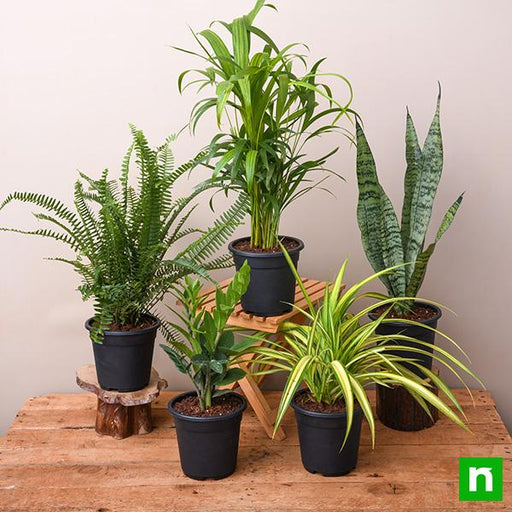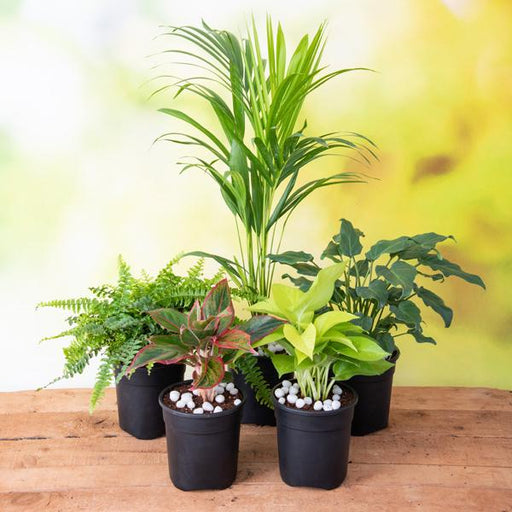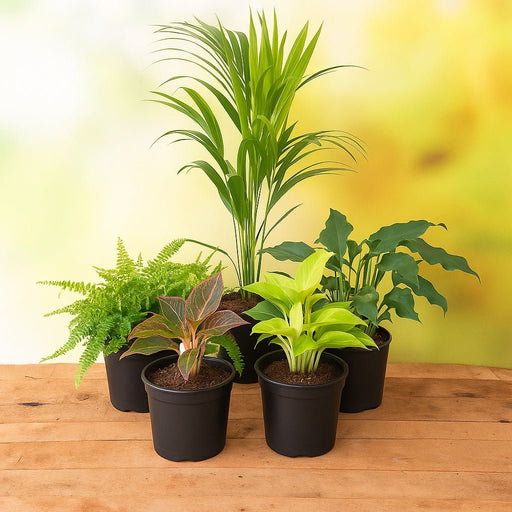Succulents
Succulents are some of the most popular drought-tolerant plants around. These fleshy plants are designed to store water in their leaves, stems, and roots. This adaptation allows them to survive long periods of drought without needing regular watering. Not only are they drought-tolerant, but they also come in a variety of colors, shapes, and sizes, making them perfect for any garden or landscape.
Cacti
Cacti are another well-known group of drought-tolerant plants. Like succulents, they are adapted to store water in their tissues, which allows them to survive in hot, dry environments. In addition to being low-maintenance and water-wise, cacti come in a wide range of sizes and shapes, from towering saguaros to small, spiky globes.
Mediterranean plants
Mediterranean plants are native to the Mediterranean region and are well-adapted to hot, dry summers. These plants are often silver or gray in color, which helps to reflect the sun's rays and reduce water loss. Many Mediterranean plants are also aromatic and can add a lovely scent to your garden.
Xeriscaping
Xeriscaping is a type of landscaping that focuses on using drought-tolerant plants and techniques to create a low-maintenance, water-efficient garden. Xeriscaped gardens often incorporate elements like rocks, gravel, and mulch to help retain soil moisture and reduce water use.
Native plants
Native plants are species that are indigenous to a particular area. Because they have evolved in that environment, they are often well-suited to the local climate and soil conditions. Choosing native plants for your garden can help to reduce water use and create a more sustainable landscape.
Drought-resistant grasses
Drought-resistant grasses are a great option for homeowners who want to maintain a green lawn without using a lot of water. These grasses have deep root systems that allow them to access water deep in the soil, even during drought conditions.
Drought-tolerant shrubs
Drought-tolerant shrubs are a great option for adding structure and interest to your garden. Many varieties, such as lavender and sage, are also aromatic and can add a lovely scent to your garden.
Drought-tolerant trees
Drought-tolerant trees can provide shade and beauty to your garden without requiring a lot of water. Many varieties, such as the California redwood, are adapted to thrive in dry conditions.
Water conservation
Water conservation is an important consideration for any homeowner who wants to create a sustainable, low-maintenance landscape. Techniques like mulching, rainwater harvesting, and drip irrigation can help to reduce water use and promote healthy plant growth.
Soil moisture retention
Soil moisture retention is another important consideration for creating a drought-tolerant garden. Techniques like adding compost, using mulch, and incorporating drought-tolerant plants with deep root systems can help to retain moisture in the soil and reduce the need for watering.
Heat-tolerant plants
Heat-tolerant plants are a great choice for gardens in hot, dry regions. These plants have adapted to thrive in high temperatures and can handle long periods of direct sunlight without wilting or losing their leaves.
Edible drought-tolerant plants
Edible drought-tolerant plants are a great way to save water and grow your own food at the same time. Some examples include herbs like rosemary and thyme, as well as vegetables like tomatoes and peppers.
Ornamental grasses
Ornamental grasses are a low-maintenance, water-wise option for adding texture and movement to your garden. They come in a variety of colors and sizes and can be used as a border, a focal point, or as a filler in a larger landscape design.
Wildflowers
Wildflowers are a beautiful addition to any garden and can thrive in dry conditions. Many varieties, such as the California poppy, are adapted to thrive in arid climates and require little to no watering once established.
Perennials
Perennials are a popular choice for gardeners who want to create a low-maintenance landscape. These plants come back year after year and can be adapted to thrive in a variety of climates, including hot, dry regions.
Annuals
Annuals are another option for adding color and interest to your garden. While they require more water than perennials, they can still be a water-wise choice if you choose drought-tolerant varieties.
Groundcovers
Groundcovers are a great option for filling in empty spaces in your garden and preventing soil erosion. Many varieties, such as creeping thyme and sedum, are drought-tolerant and require little maintenance.
Herbaceous plants
Herbaceous plants, such as yarrow and lavender, are a great option for adding color and fragrance to your garden. These plants are well-adapted to hot, dry conditions and can thrive with minimal watering.
Drought-tolerant landscaping
Drought-tolerant landscaping is a type of gardening that focuses on using plants and techniques that require minimal watering. This approach can help to conserve water, reduce maintenance, and create a sustainable, low-maintenance landscape.
Arid landscaping
Arid landscaping is a type of landscaping that is designed to thrive in dry, desert-like conditions. This approach often incorporates drought-tolerant plants, rocks, and gravel to create a low-maintenance, water-wise landscape.



































































